Review for The Birth of a Nation
I heard a debate on Radio 4 last week about whether Wagner’s anti-Semitic, pro-Nazi views should impact enjoyment of his music. After all, Wagner himself wanted to stamp out what he termed non-pure art in favour of his own approach. I guess the same moral dilemma will face those of you ruminating about whether to get a copy of D.W. Griffith’s ‘The Birth of a Nation’.
I suppose I should start by saying that if you have decided to get a copy then you’ll find no finer edition than this. It’s a veritable treasure trove that contains not only the film itself (with the best available prints) but additional features that allow you to see the historic context and background, as well as some insight into the mind-set of its egotistical but quite brilliant creator. But before we get into all that, in the unlikely event that you have never heard of the film until now, here’s some background.
[Ref. above image - So that's a D.W. Griffith film then? Apparently ALL title cards had to use the above branding. That's one heck of an ego folks!]
‘The Birth Of A Nation’, made in 1915 and running to almost three hours, could be seen as the birth of the blockbuster. It’s a hugely ambitious film with a cast of literally thousands. Arriving in the age of two-reeler shorts, this changed the face of cinema forever, opening up new possibilities which are still being explored by film-makers today.
It was also full of relatively new ideas, arguably changing the very language of cinema. Wide-shots on a new scale, lingering close-ups included merely to show the pensive expression of its subject, and special effects with some techniques never used previously.
It was also a film that covers no less a subject than the American Civil War and in particular the formation of the new South. Before you cast the disc aside in disgust when you eventually see the repugnant Griffith viewpoint, it’s worth remembering that his father was a Confederate Colonel. Indeed Eureka have chosen to include a 1930 interview with Griffith where he recalls, with some pride, his own mother sewing Ku Klux Klan costumes. In other words, Griffith’s viewpoint was horribly entrenched from birth.
The film opens with the clear view that the Civil War was a battle to maintain the sanity of the south against the misguided liberalism of the North, particularly in its treatment of slaves. So we see a beautiful equilibrium in the South, with black slaves happily integrated as servants to the wealthy white, blissfully working the cotton fields and entertaining their children. Whereas in the North, liberating these poor creatures merely served to create chaos and discord. Griffith uses both black actors and white actors blacked up for this purpose. It’s all incredibly distasteful viewed through contemporary eyes – almost laughably so if the results of such entrenched thinking didn’t have such terrible results.
Even worse, the ‘terrible consequences’ are seen by Griffith as anything but with the Ku Klux Klan rescuing innocent women and children from the ravages of the free black man with lynching and killing a necessity to this end.
When Austin Stoneman, here portrayed as a radical fanatic and congressman, takes power following Lincoln’s assassination, he sets about ‘raising the equality of the blacks to that of the whites’. As a result we see black men in the south set about terrorizing the white population of the south.
So help is needed and Griffith delivers, glamourising the secret Klan organisation as saviors culminating in an ending as chilling as you’ll ever witness in a film, with black men turning out to vote for the first time and facing lines of mounted Klansmen who will prevent them from doing so – thereby restoring natural order.
So in terms of its subject matter it is, unarguably, a completely repugnant film by any standard.
So what makes it even remotely redeemable and worth preserving and watching? Well, as outlined earlier, narrative aside and from a purely technical point of view, it remains an impressive piece of work.
It’s worth watching the included documentary by Russell Merritt and David Shepard from 1993 on the making of the film to get some of this context. It’s also interesting to remember that the film was widely denounced on its initial release too. Griffiths view-point was already a marginal one at the time. Unfortunately however it did to serve to make the revived KKK almost respectable for a while so it did make an unforgivable negative impact on society.
So – after all this – why watch it? Well, it’s 100 years old for starters and that is pretty remarkable. With its cast of literally thousands it’s a sobering thought that no one who worked on or in the film is alive today. So there is literally no one left to berate about any misgivings.
Also – there is much to learn from the film. No one likes change – particularly when it involves losing power and authority. When you look at the more recent struggle for freedom in South Africa it’s easy to find people with views every bit as entrenched and deluded as Griffith’s.
Finally, it should be viewed as a film and not a statement of political intent. If you can put aside the politics of the narrative and view it with a technical eye then there is much to see and (dare I say it?) enjoy. Here, thanks to the kind folk at Eureka (cut and pasted from the excellent booklet included as an extra) are just a few more reasons.
1. There are over 5,000 distinct scenes [shots] in The Birth of a Nation.
2. 18,000 people and 3,000 horses were utilized in making the narrative.
3. Mr Griffith worked for 8 months without a let up to complete the picture.
4. The approximate cost of the production was $500,000.
5. The women’s dresses of the period of 1860 used up 12,000 yards of cloth.
6. Over 25,000 yards of white material were sewed into the costumes of the Ku Klux Klan.
7. 200 seamstresses worked for two months to make these costumes historically correct and appropriately picturesque.
8. 5,000 works and reports on the history of the Civil War and the periods immediately leading up to and following the great conflict were searched for authentic data. This research was conducted by four college professors
9. The condensed production represents 12,000 feet of film. Nearly 200,000 feet of film was originally taken.
10. Night photography was perfected for the first time to secure battle scenesin the dark. This detail cost $5,000.
Facts About THE BIRTH OF A NATION From the 1915 souvenir programme published to commemorate “The Most Stupendous and Fascinating Motion Picture Drama Created in the United States”.
You’ll need to make up your own mind whether to watch this or not. I kidded myself that it was no different than watching say ‘Witchfinder General’, another film full of repugnant and outdated notions but this was far worse in the sense that in that film the maker was unsympathetic with the General.
No such excuses here.
The set is brimming with extras and represents a really worthwhile and comprehensive document of one of the most repugnant films of all time, and yet also perhaps one of the most brilliant. Go figure.
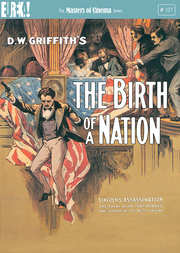
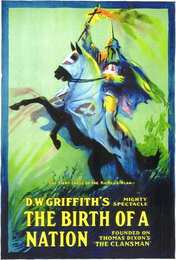
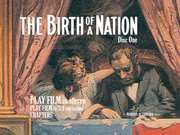
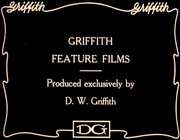

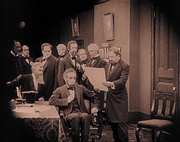


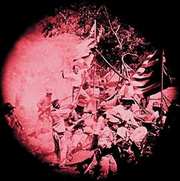
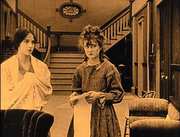
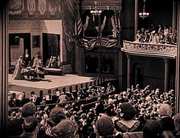
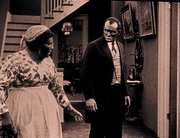
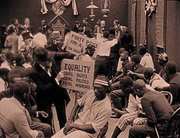
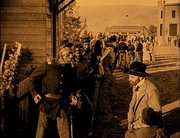
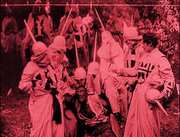
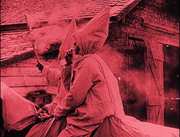
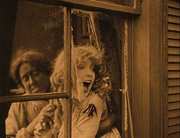
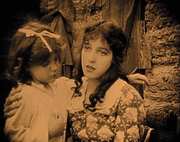
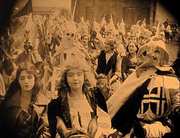
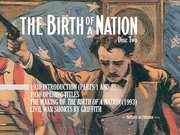
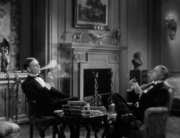
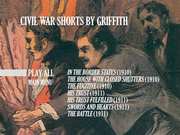
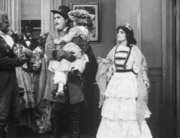
































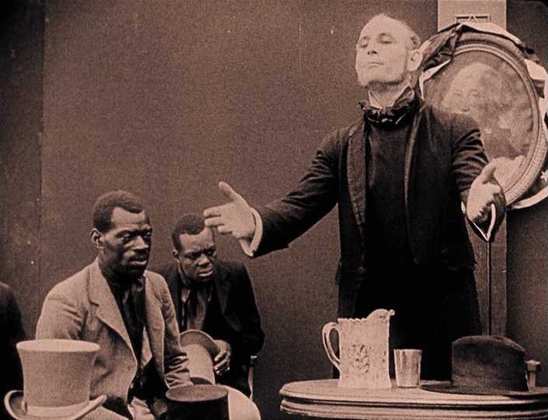


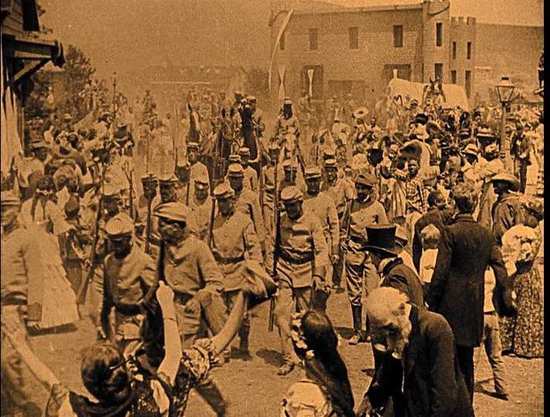













Your Opinions and Comments
Be the first to post a comment!